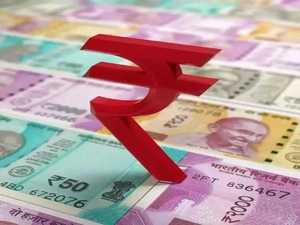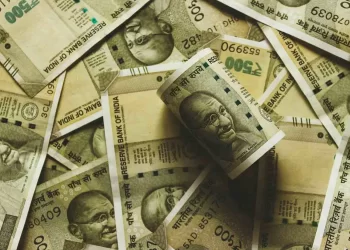The Indian rupee rose 64 paise against the US dollar, closing at 86.10 on Friday, as the dollar fell sharply against major currencies following US President Donald Trump’s surprise decision to pause certain tariffs, causing the dollar index to fall below 100 for the first time in three years.
The dollar fell as Trump startled financial markets by canceling harsh tariffs imposed just a day earlier. However, duties on Chinese imports were raised to 145%, effective immediately, and Beijing retaliated to US penalties with a 125%. Trump’s unexpected decision to halt certain tariffs has generated uncertainty, prompting investors to reconsider their holdings.
The rupee open at 86.22, up 46 paise versus the US dollar. During intra-day activity, it reached 85.95 before finishing at 86.10, up 59 paise against the dollar. The dollar index, which measures the greenback’s strength against a basket of six currencies, fell 1.52% to 99.335. The market will closely monitor the strength of the US-China trade war, which has the potential to counterbalance the impact of the current trade tariff halt on other emerging economies, according to one analyst.
“The Indian rupee appreciated after three days of decline following stronger regional currencies and risk-on sentiments. The US government’s decision of pausing reciprocal tariff for 90 days and tit-for-tat approach between US-China weighed on the greenback,” said Dilip Parmar, Senior Research Analyst, HDFC Securities. However, the currency market is expecting more fluctuations as the trade war is unlikely to abate in the near future. Worries over a recession in the US and declining Treasury yields have also weighed on the dollar, boosting the rupee’s gains.
Jateen Trivedi, VP, Research Analyst, LKP Securities, said, “the rupee traded positive with strong gains, supported primarily by a weaker dollar index and a significant sentiment boost from the US decision to relax tariffs on Indian goods by 10 per cent for the next 90 days. This move has been well received by the markets, as it opens the door for further dialogue between the two nations, potentially easing trade tensions in the near future.”
Further, Indian stock markets rose, suggesting expectations about improved bilateral economic ties and a lower risk premium for Indian exports. With both global cues and domestic equities strength supporting the rupee, momentum remains positive in the short term. The rupee is projected to trade in the 85.50-86.50 range, with continuous support as long as global risk sentiment stays calm and FII inflows continue, Trivedi added.
The rupee’s gain is projected to continue, boosted by the dollar’s weakness and growing trade concerns. However, if global economic uncertainty and fears of a trade war persist, the rupee’s performance may suffer.
Source: IE

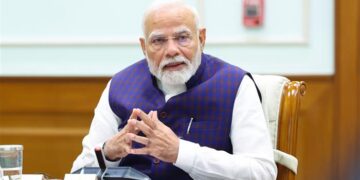


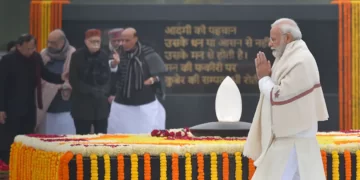

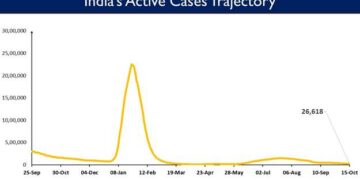
 Finance
Finance
